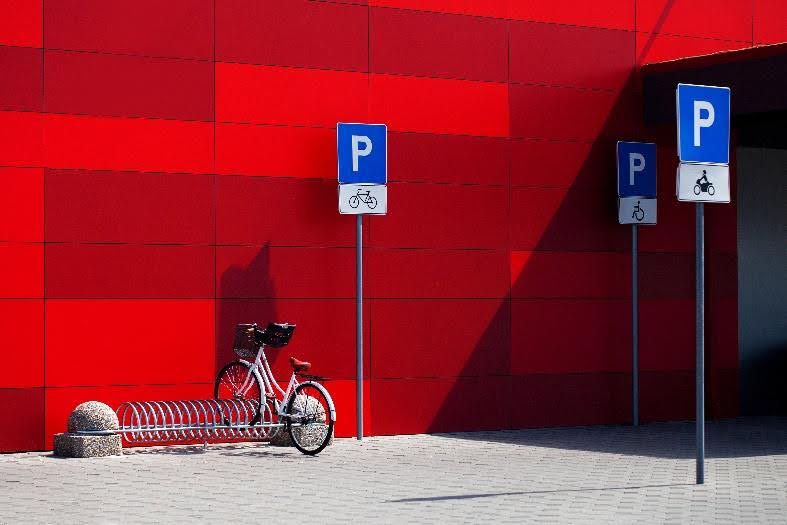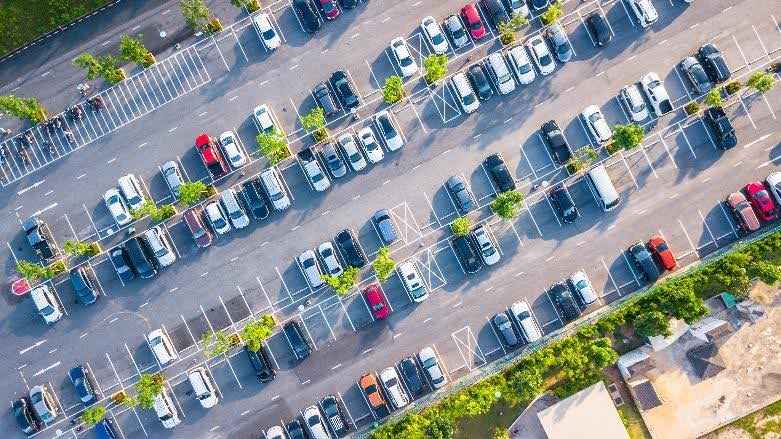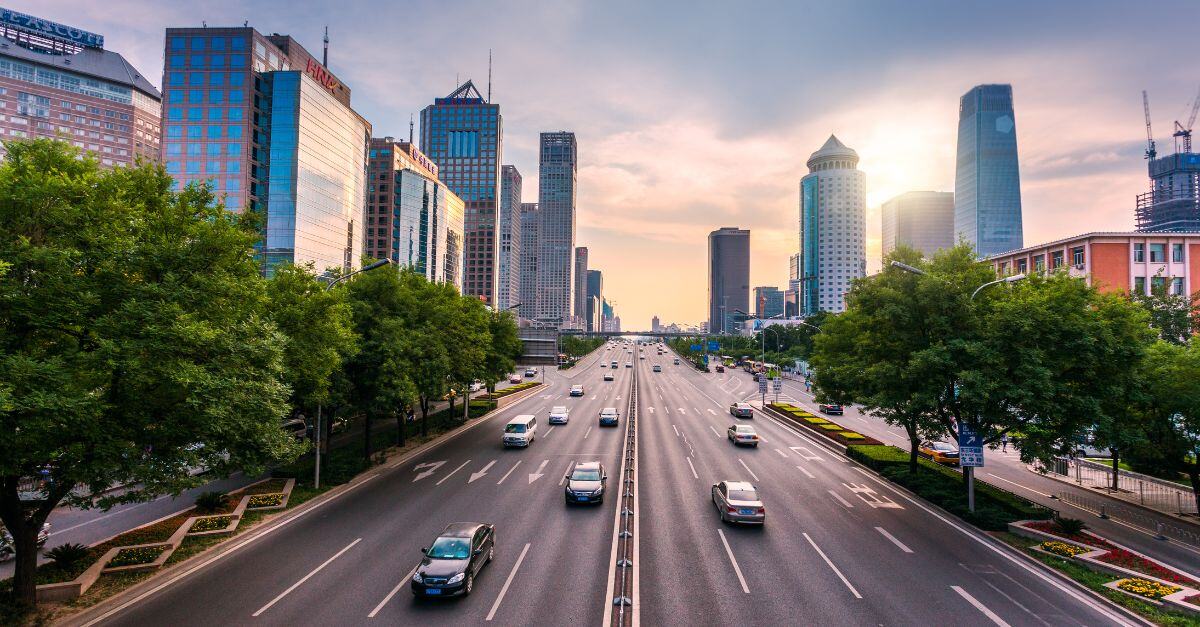Transforming Urban Transport: Lessons from Transport for NSW's Smart City Journey
In an era where urban centres are growing at an unprecedented rate, the challenge of managing transport systems efficiently has never been more...
2 min read
Jody King May 14, 2024

In a world where urbanisation is accelerating, cities are under increasing pressure to manage transport networks efficiently and safely. Local governments and councils face a complex challenge: balancing infrastructure constraints with growing demands for smoother traffic flow, enhanced safety, and reduced environmental impact. Smart transport solutions offer a compelling answer to this problem, leveraging technology to transform how cities manage their transportation systems. This blog explores how smart transport solutions pave the way for safer, more efficient urban environments.
Traditional transport management has relied heavily on manual monitoring, static devices, and reactive measures. While these approaches have served their purpose, they struggle to keep pace with the rapid evolution of transport trends. As urban areas expand and diversify, a new paradigm is needed, with electric vehicles, scooters, and shared mobility options joining the mix.
Smart transport solutions represent this shift. By integrating Internet of Things (IoT) technology, artificial intelligence (AI), and real-time data analytics, cities can move from reactive to proactive transport management. This transition allows for more dynamic, flexible, and efficient systems that adapt to changing conditions and improve safety.
Safety is a central concern for urban transport management. Smart transport solutions contribute to safer cities in several ways:
Real-Time Monitoring and Alerts: IoT devices and AI-based systems continuously monitor transport networks. This allows for immediate detection of incidents, such as accidents or traffic congestion, enabling quicker response times and reducing the risk of further complications.
Predictive Analytics for Accident Prevention: Predictive analytics use historical and real-time data to identify patterns that could lead to accidents or safety risks. Transport planners can take preventive measures by anticipating these issues, such as adjusting traffic flow or deploying additional safety resources.
Compliance and Rule Enforcement: Smart transport solutions offer automated compliance monitoring. For example, cameras equipped with AI can detect rule violations, such as illegal parking or unauthorised vehicle entry into restricted areas. This improves compliance, reducing safety risks and ensuring smoother traffic flow.
Efficiency is another critical aspect of modern urban transport. Smart transport solutions enhance efficiency through:
Optimised Traffic Flow: Real-time data analysis allows transport planners to optimise traffic patterns, reducing congestion and improving journey times. This leads to smoother commutes and better use of existing infrastructure.
Reduced Capital Works: By making better use of current transport networks, councils can reduce the need for costly and time-consuming capital works. Smart transport solutions help enhance existing assets, maximising utility and minimising disruptions.
Scalable and Flexible Solutions: The scalability of smart transport solutions allows them to adapt to a variety of scenarios, from pedestrian crossings to major roadways. This flexibility ensures that cities can evolve their transport systems as needs change without significant re-engineering.
Smart transport solutions are not just about technology—they're about creating safer, more efficient cities. By embracing these innovative approaches, councils can meet the demands of modern urbanisation while ensuring the well-being of their residents. The journey towards smarter cities involves a commitment to technology, data-driven decision-making, and continuous improvement.
As local governments and councils navigate this path, they play a pivotal role in shaping the future of urban transport. Smart transport solutions are a key part of this transformation, offering a way to address current challenges while laying the foundation for a more sustainable, efficient, and safe urban environment.
Read the full whitepaper here or contact us for a no-obligation IoT exploration session.

In an era where urban centres are growing at an unprecedented rate, the challenge of managing transport systems efficiently has never been more...

Australian councils face an intricate web of challenges in transport management, driven by burgeoning urban populations, evolving transport...

Through the use of high-functioning, high-intake AI data collection, governments, local councils and town planners can make informed decisions...